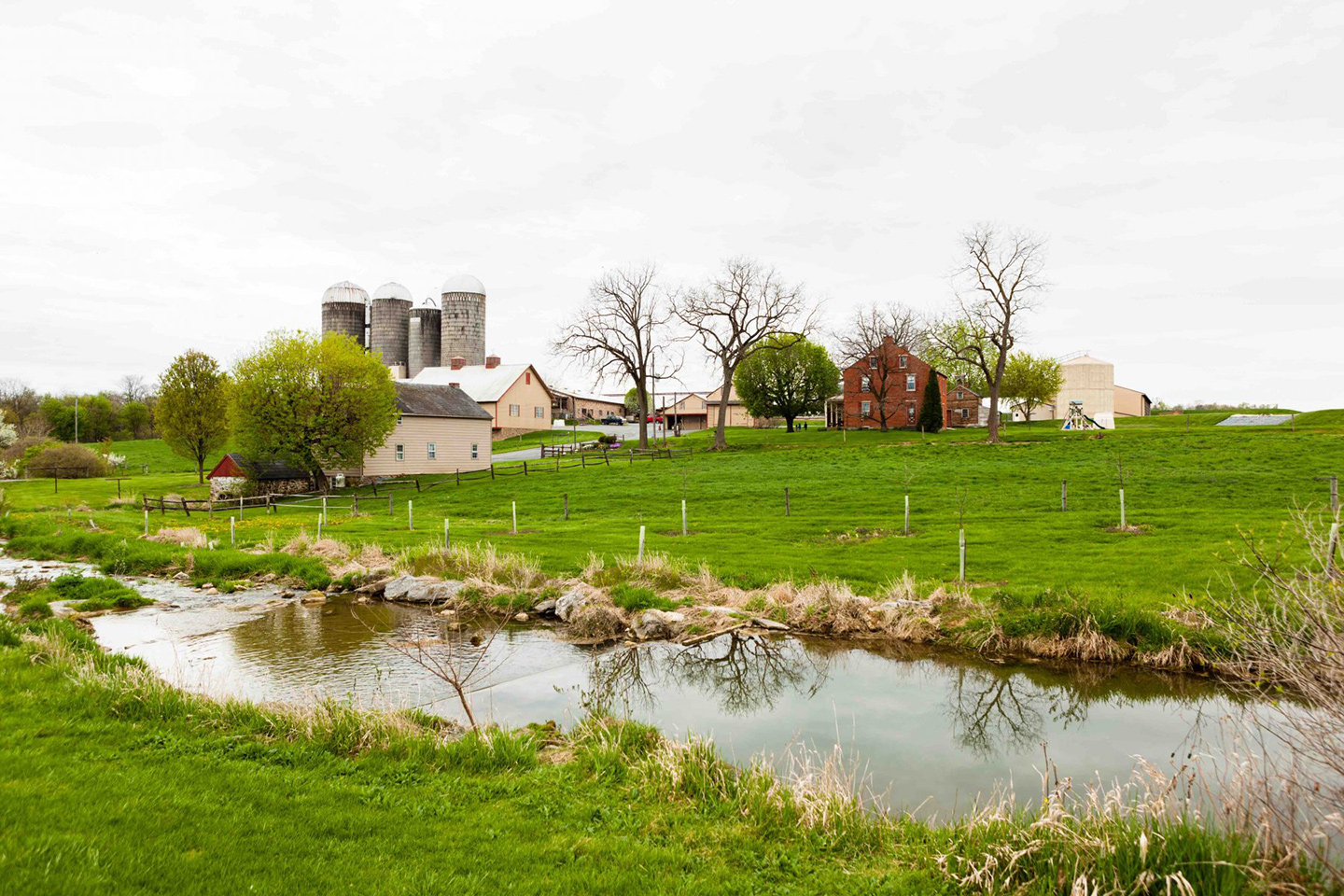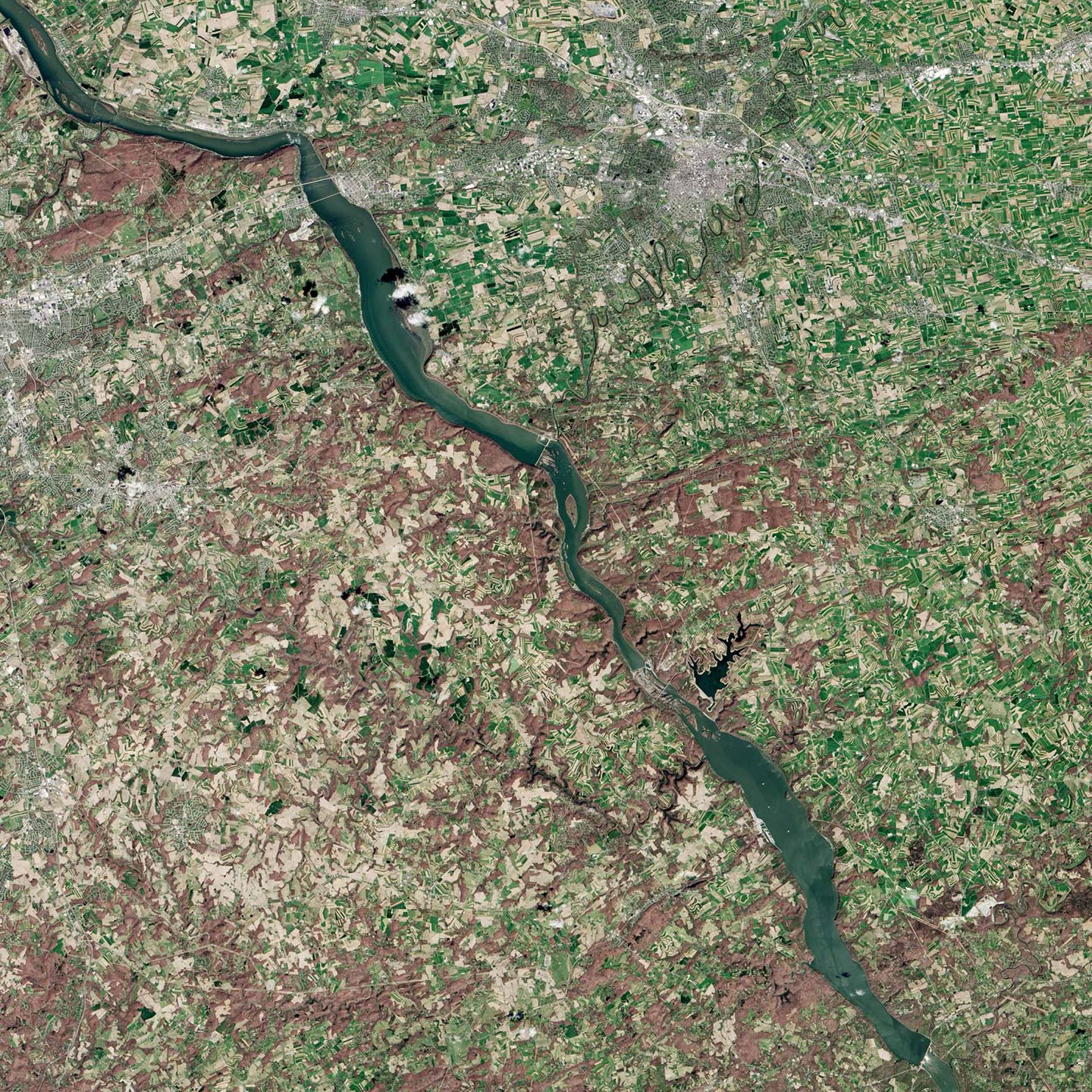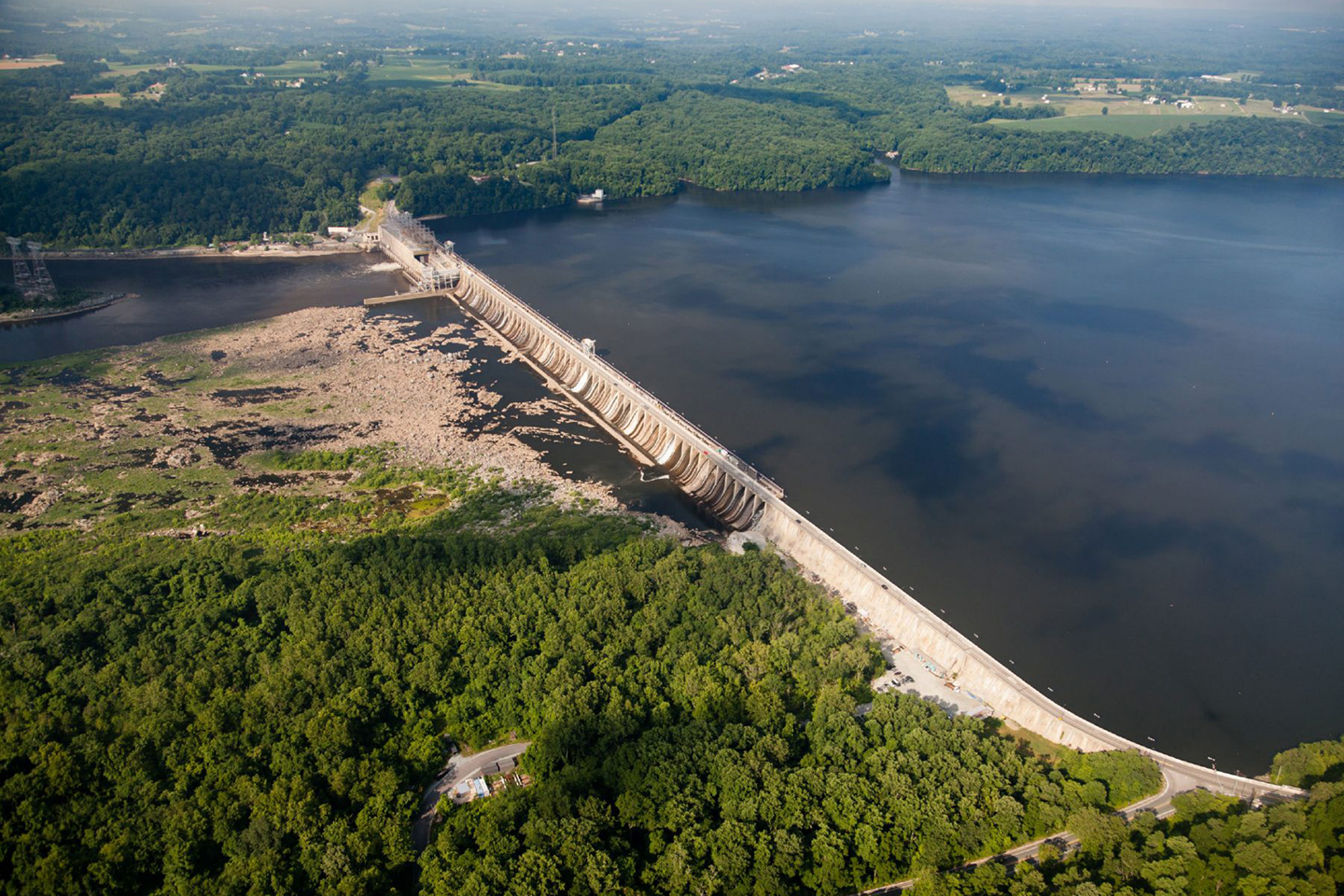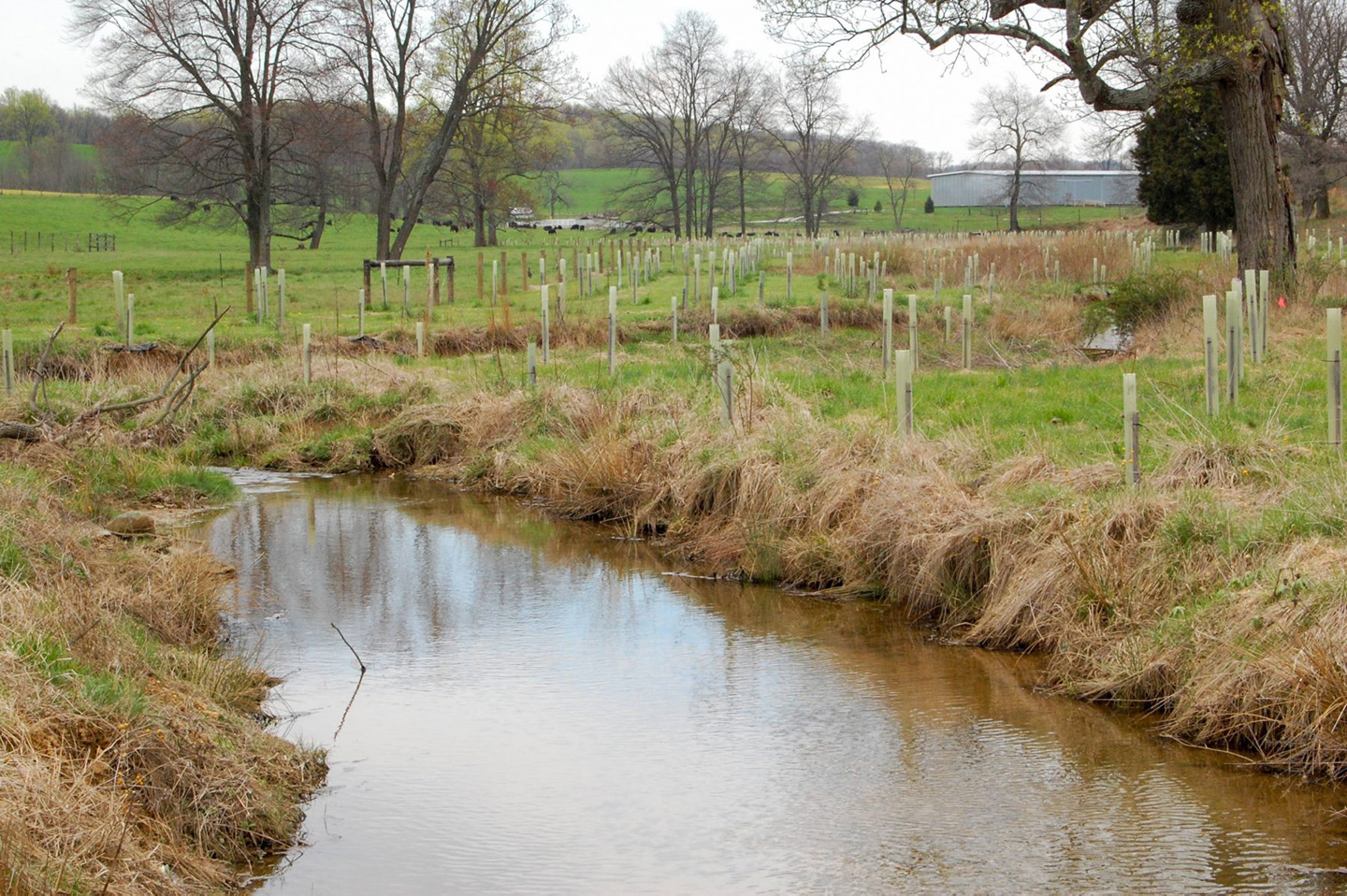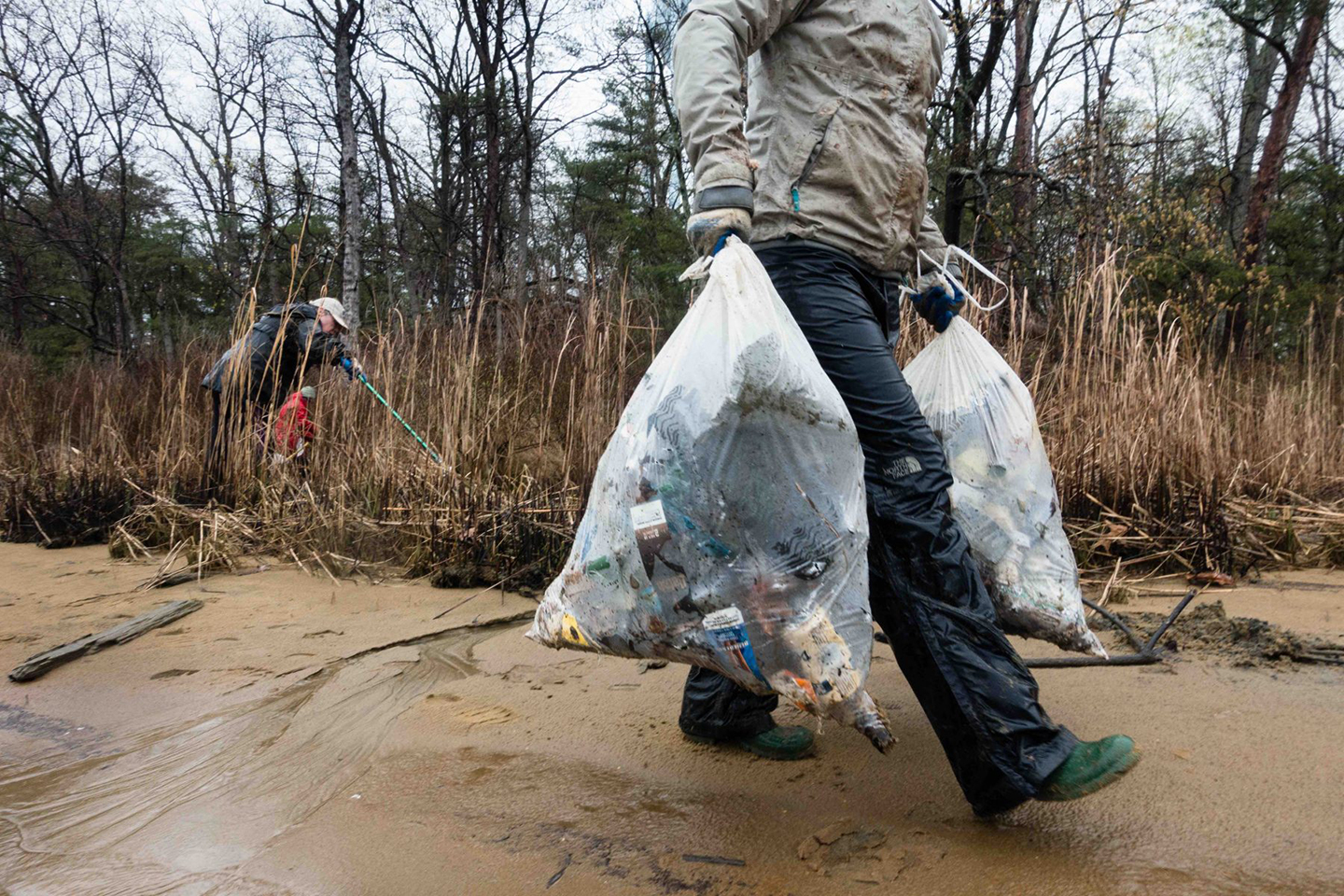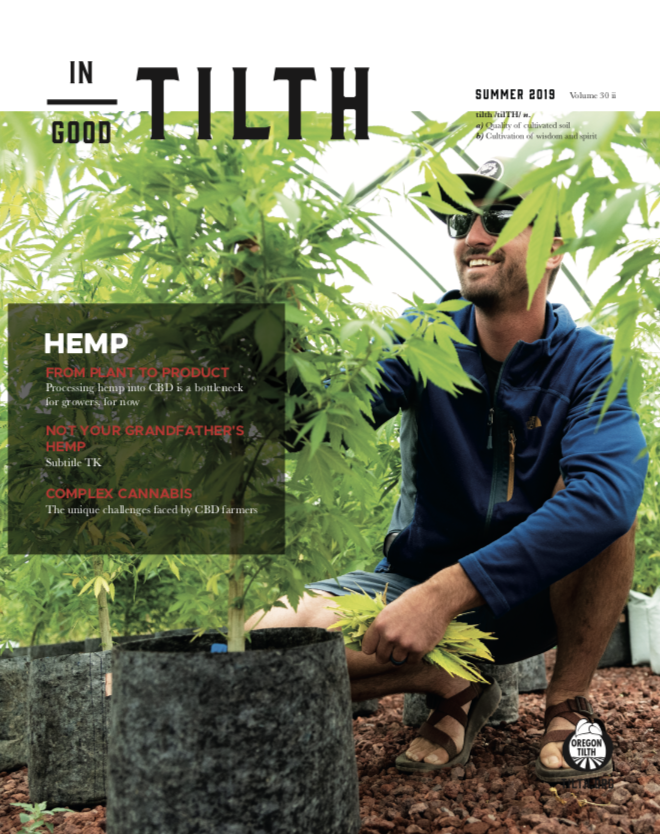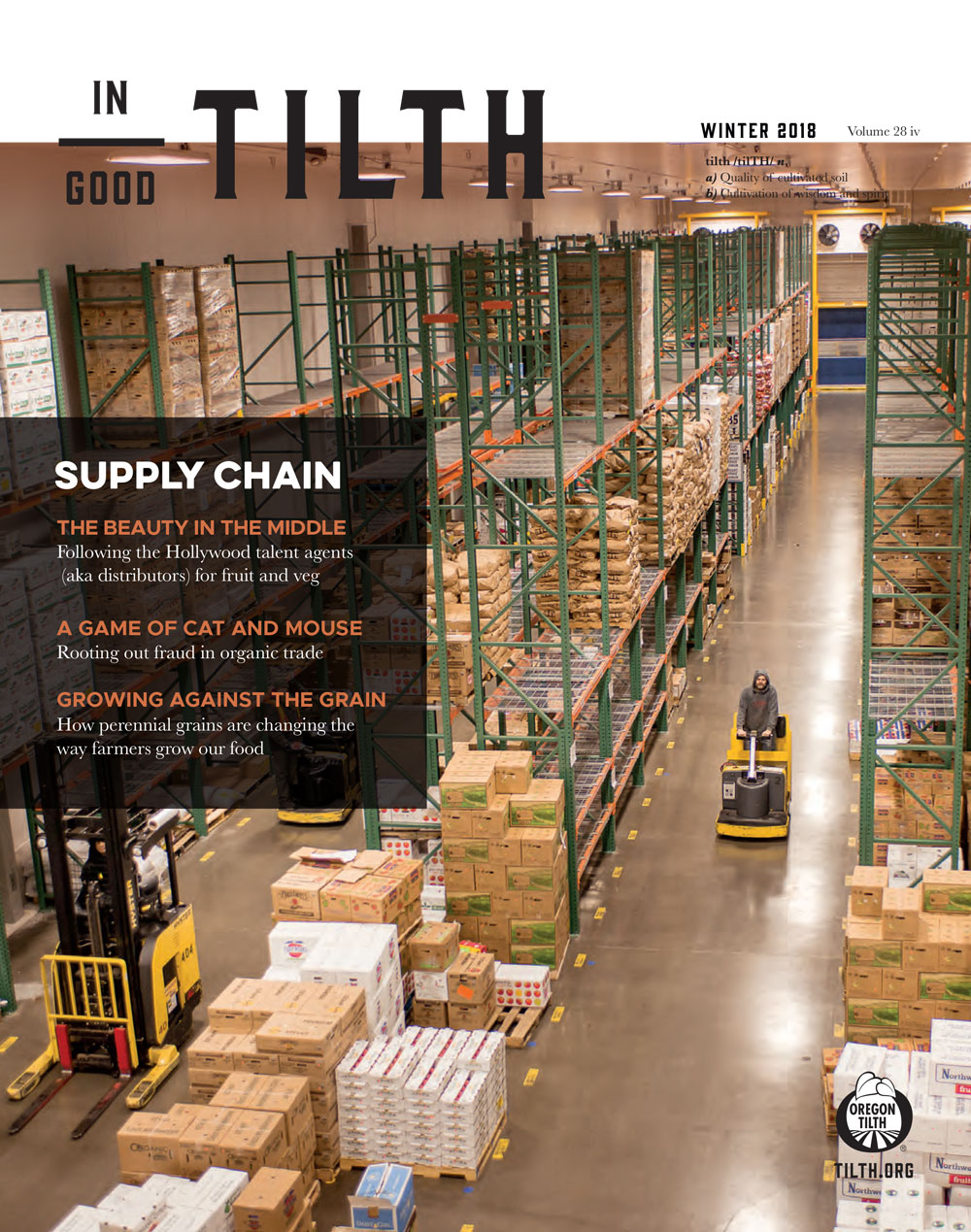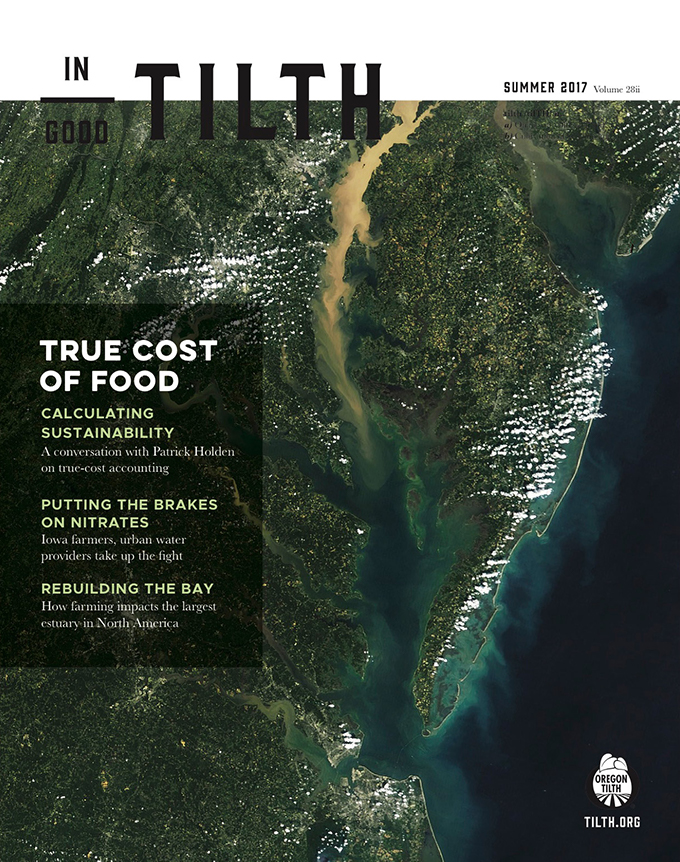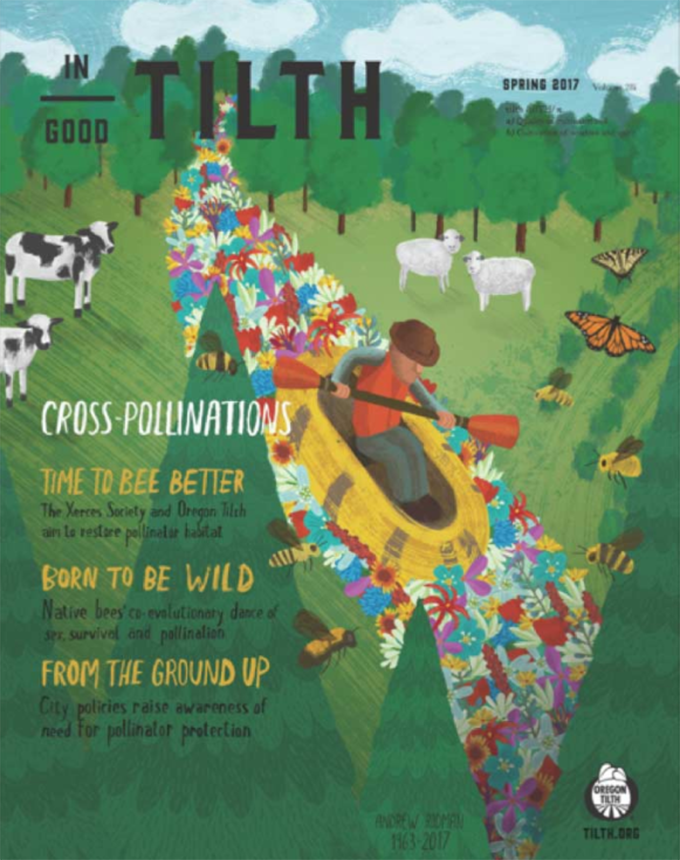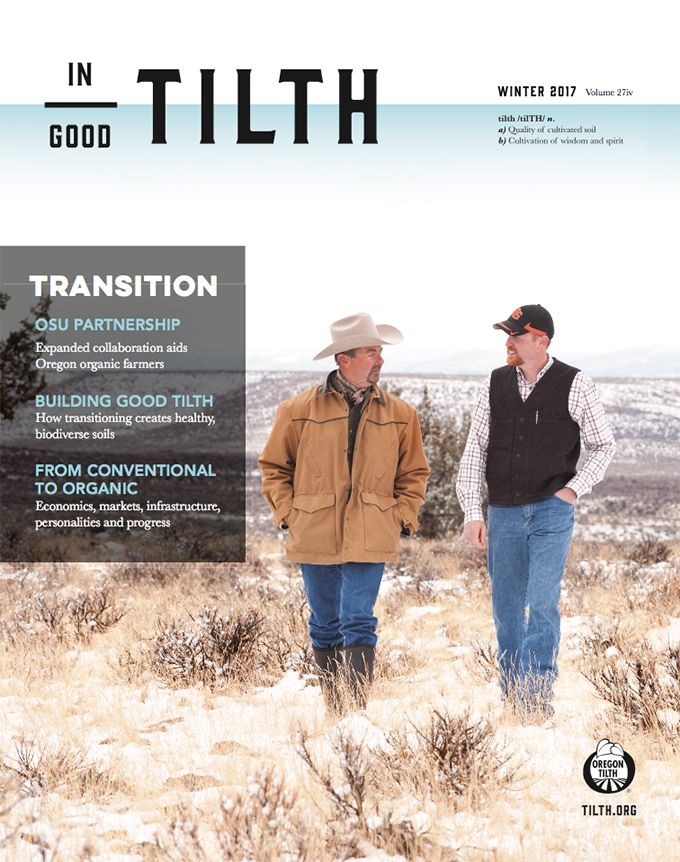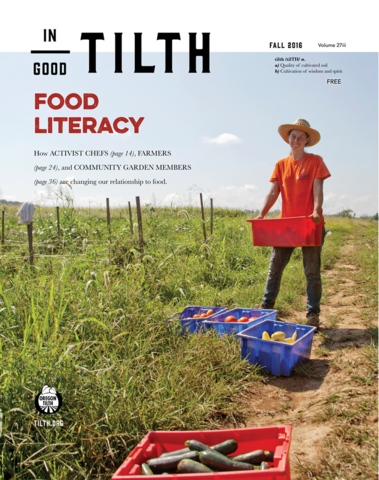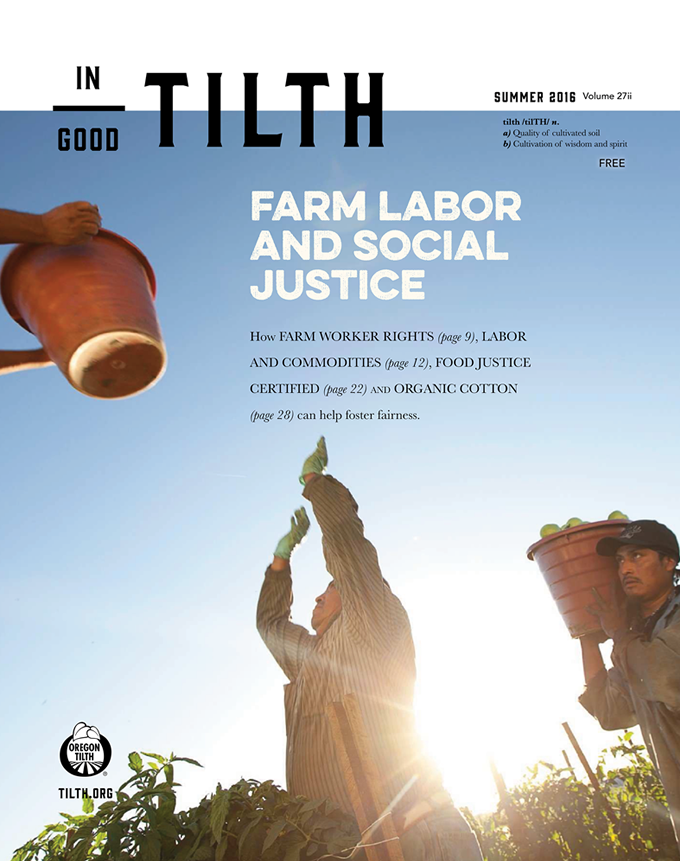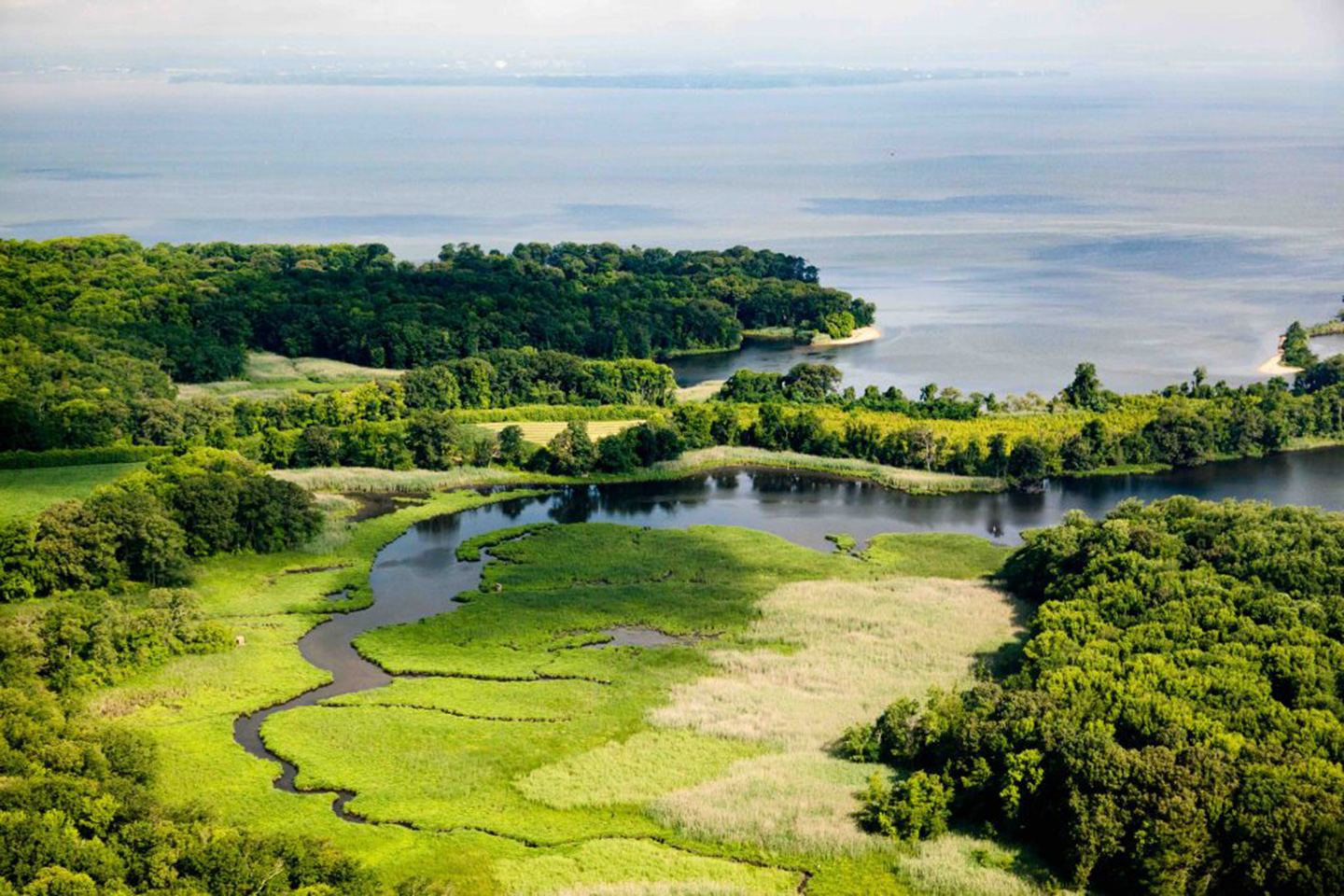
The Chesapeake Bay is the largest estuary in North America, spanning 200 miles in length with coastline from Grace, Md. to Virginia Beach, Va. Enduring centuries of pressure from surrounding communities, it is one of the most threatened waterways due to the impacts of agriculture, urban runoff, vehicle emissions and development. In 1984, strategies were put in motion with hope to restore the largest lifeline on the East Coast.Photo by Will Parson/Chesapeake Bay Program
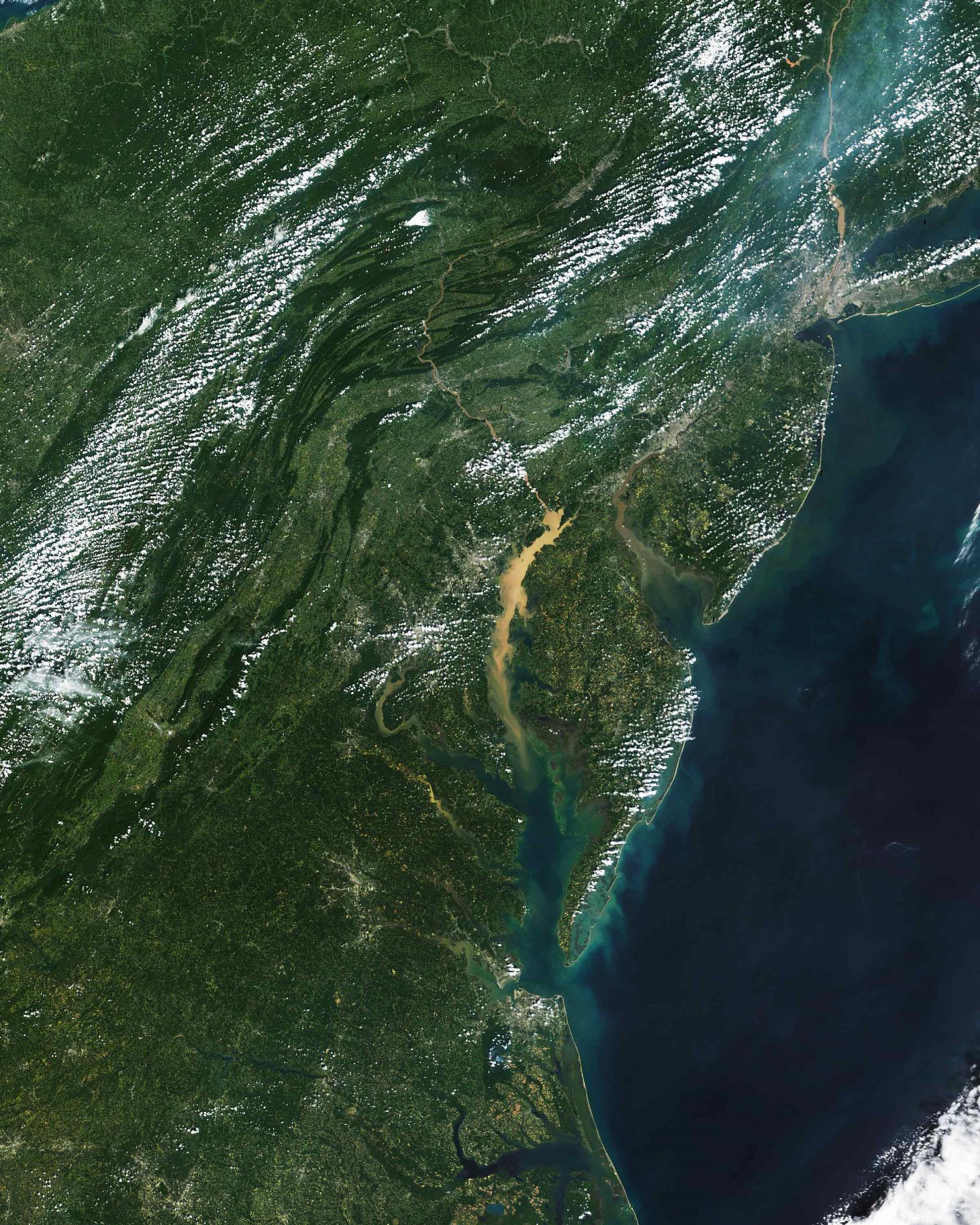
Spanning 64,000 square miles, the Chesapeake Bay Watershed boasts over 150 major river and stream systems. During the journey to the Bay, rivers collect sediment from watershed and tidal sources caused by the natural process of erosion of nearby land and stream banks. As shown above, excess sediment collected in these systems becomes problematic, leading to blocked waterways, habitat depletion and fish species debilitation.Photo by NASA Earth Observatory
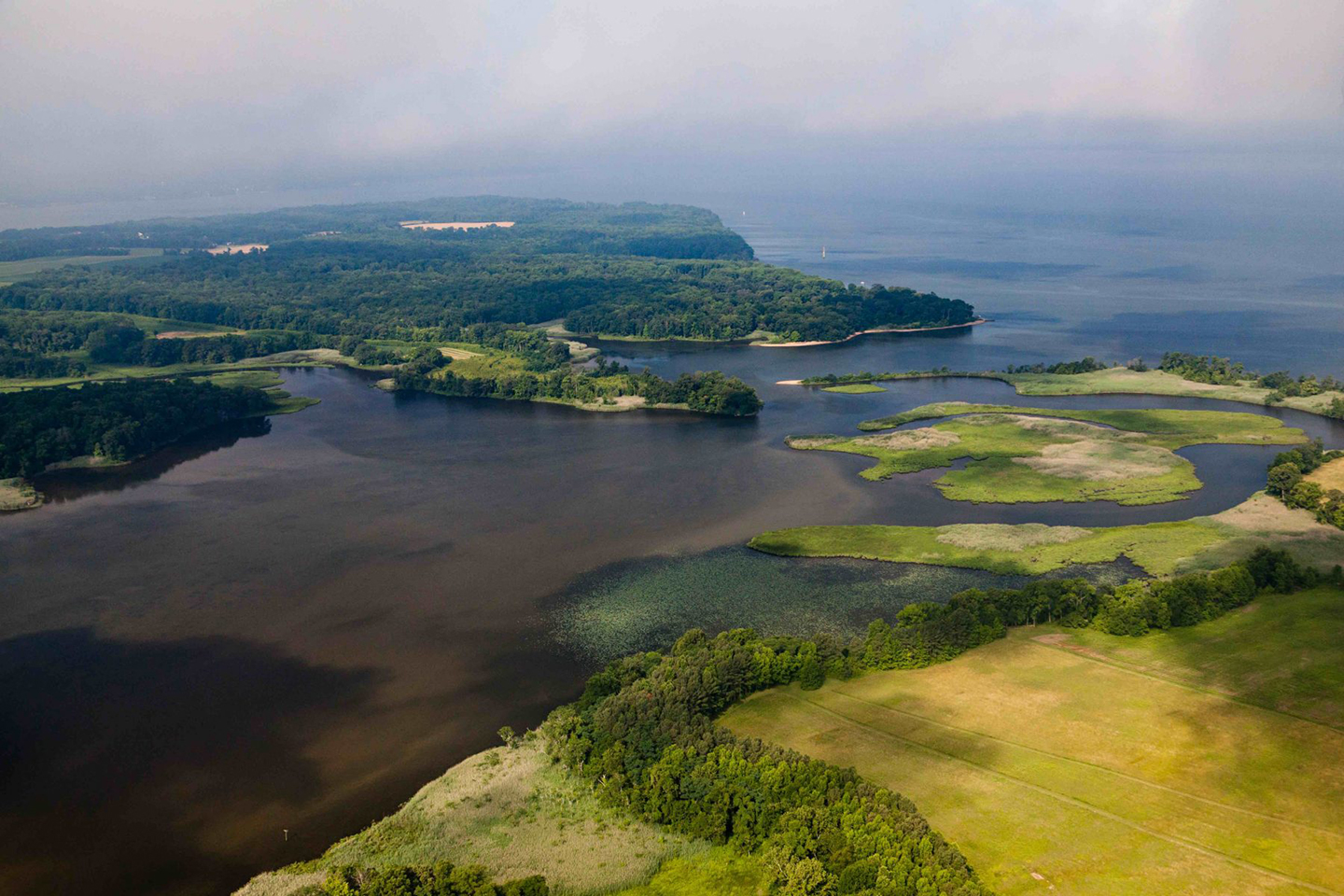
As population boomed over the centuries in the Chesapeake Bay Watershed, rapid removal of forests closely followed to allow for the intensification of food production to support the growth. Deforestation to make room for farmland in the nineteenth century created thousands of acres of exposed land prone to erosion. In an average year, over 5.2 million tons of sediment is deposited into the Chesapeake Bay with 60 percent attributed to agriculture. Without forests to buffer and prevent erosion in farming regions, the Bay receives the highest percentage of sediment and nutrient pollution from these areas.Photo by Will Parson/Chesapeake Bay Program
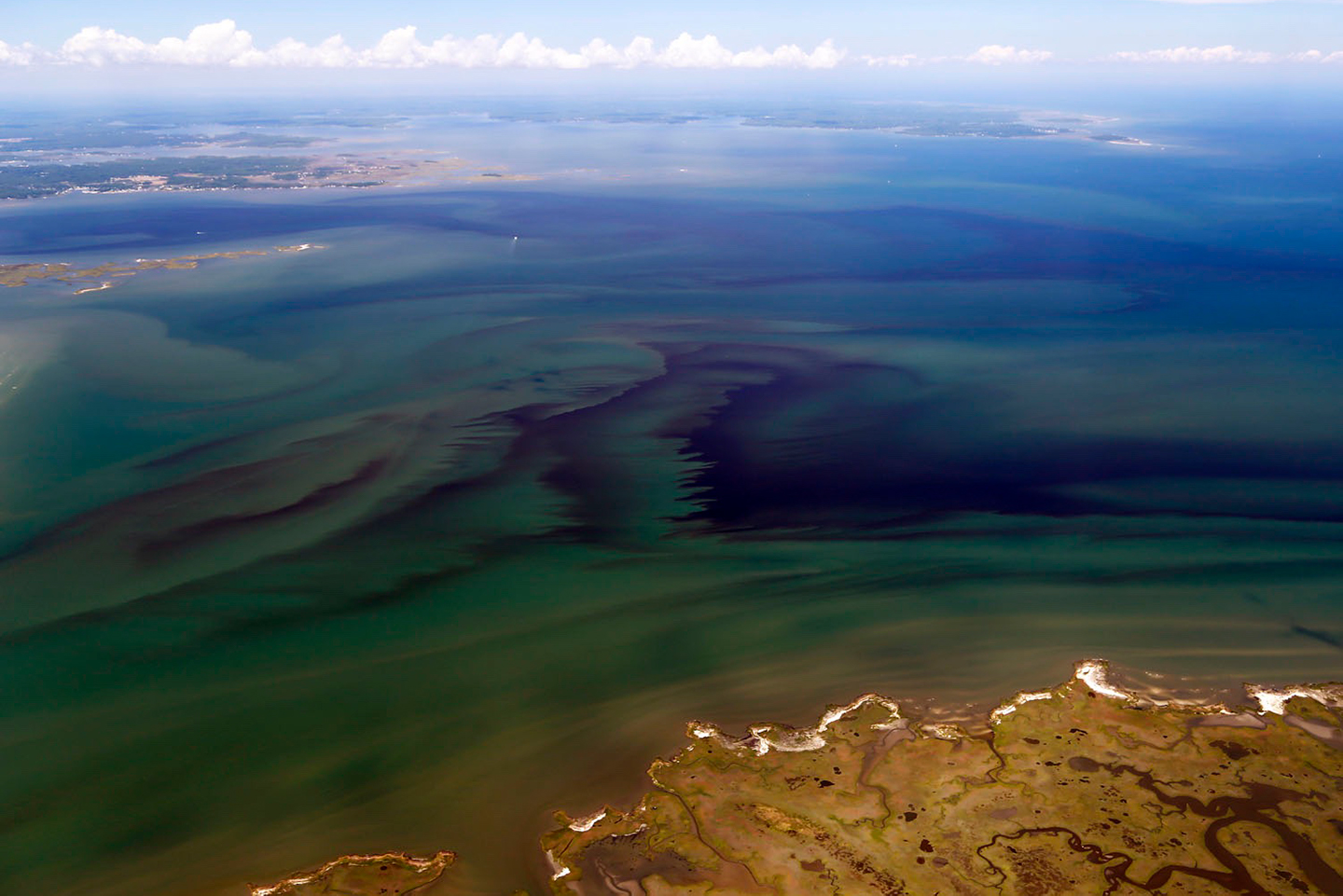
These strangely captivating explosions of green create “dead zones” by drastically depleting oxygen levels of the water and blocking essential, natural light. The entire ecosystem is disrupted, killing off native sea grasses and the species that depend on this habitat to flourish. Photo by W. Volgelbein/VIMS
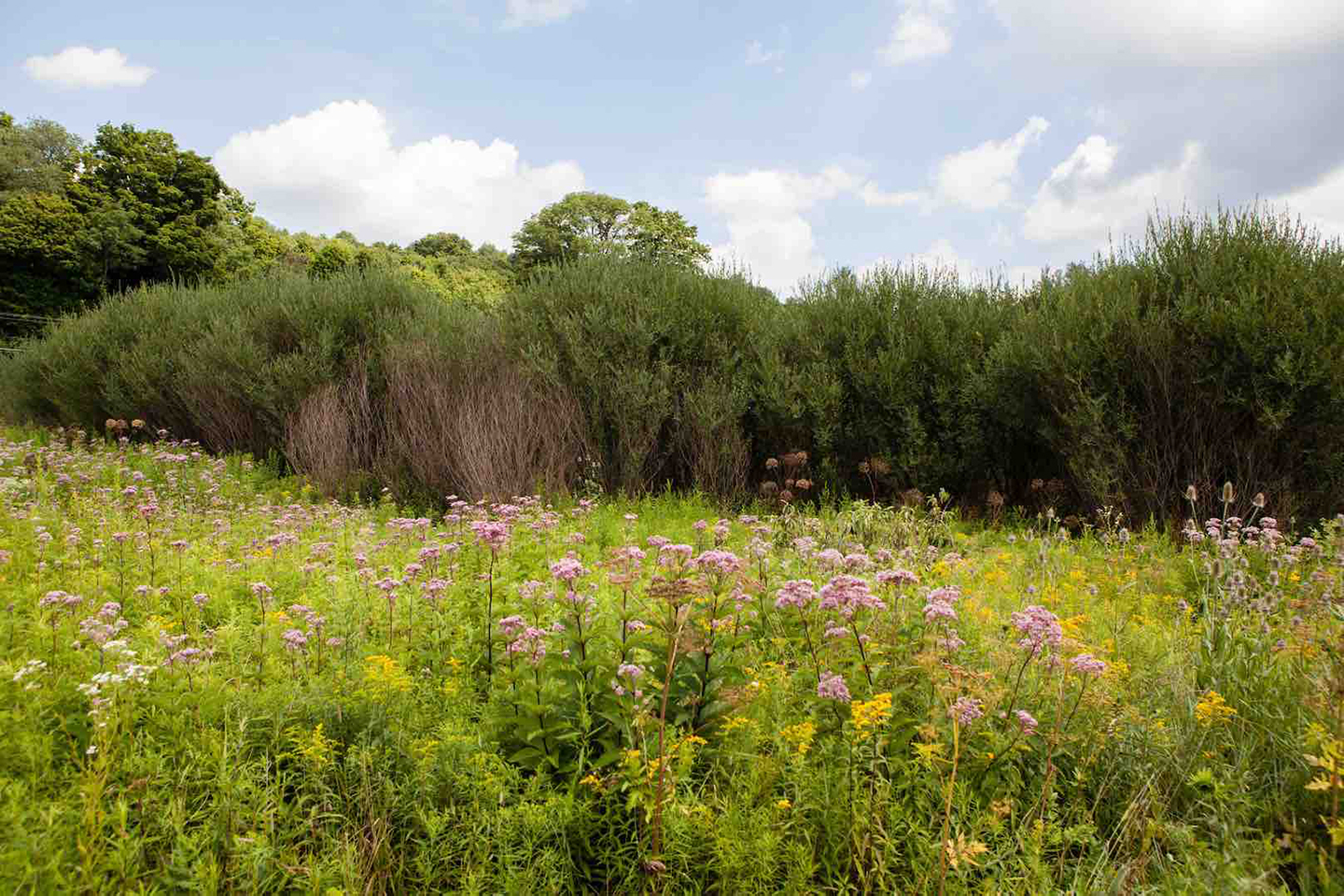
Farms and organizations across the watershed are making conscious efforts to restore the health of the Chesapeake Bay. Trees are planted along stream banks to help reduce the amount of pollutants entering the waterway. These buffers also provide critical habitat for wildlife, reduce the amount of pathogens from nearby livestock operations, and prevent erosion through the stabilization of the soil. Photo by Will Parson/Chesapeake Bay Program
